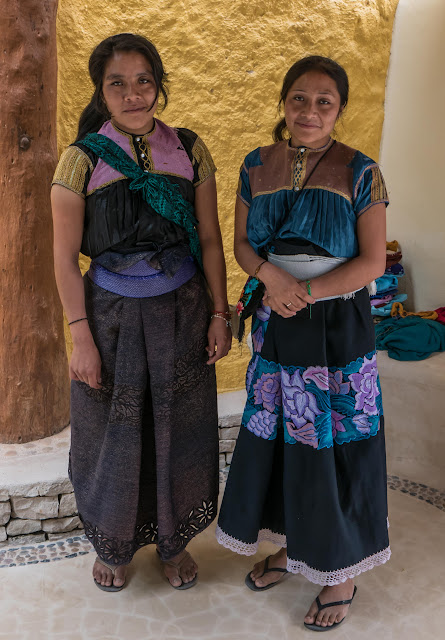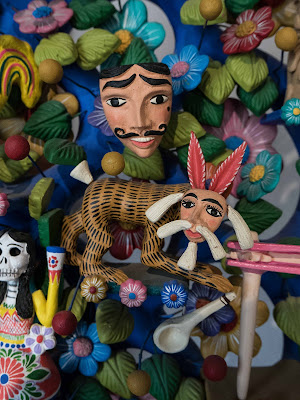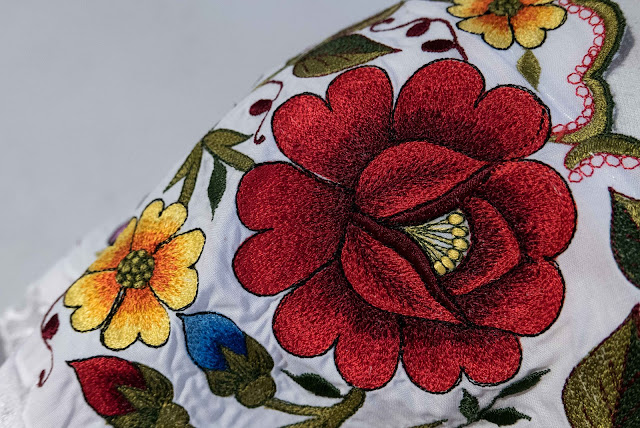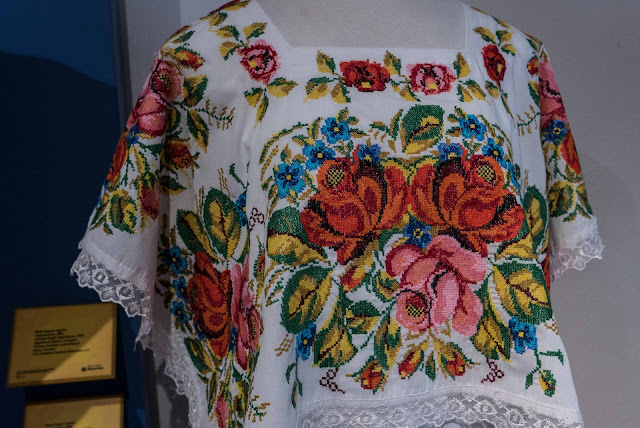 Estando
en la punta de nordeste de la península de Yucatán en el estado de Quintana
Roo, donde el Golfo de México encuentra el Caribe, una laguna poco profunda separa
a Isla Holbox del continente. Isla
Holbox es 42 km (26 mi) largo y 1.5 km de ancho, mucho más pequeño que Cozumel
pero más grande que Isla Mujeres, describió antes en este blog. La laguna da refugio a flamencos, pelícanos,
otras aves y criaturas exóticas. La Isla
de Holbox es la parte de la Municipalidad de Lázaro Cárdenas y también la parte
de la Reserva de la Biosfera Yum-Balam. La
isla es accesible por ferry desde la ciudad de Chiquila. El paseo de Chiquila al aeropuerto
internacional de Cancún toma aproximadamente dos horas. Calles de arena conectan el puerto, la costa
y la Plaza del pueblo, todos concentrados en el extremo oeste de la isla. El resto de la isla es una reserva natural y
sin carreteras. Hay un cajero automático
y no hay coches, La gente viaja en carretillades de golf en vez de taxis.
Estando
en la punta de nordeste de la península de Yucatán en el estado de Quintana
Roo, donde el Golfo de México encuentra el Caribe, una laguna poco profunda separa
a Isla Holbox del continente. Isla
Holbox es 42 km (26 mi) largo y 1.5 km de ancho, mucho más pequeño que Cozumel
pero más grande que Isla Mujeres, describió antes en este blog. La laguna da refugio a flamencos, pelícanos,
otras aves y criaturas exóticas. La Isla
de Holbox es la parte de la Municipalidad de Lázaro Cárdenas y también la parte
de la Reserva de la Biosfera Yum-Balam. La
isla es accesible por ferry desde la ciudad de Chiquila. El paseo de Chiquila al aeropuerto
internacional de Cancún toma aproximadamente dos horas. Calles de arena conectan el puerto, la costa
y la Plaza del pueblo, todos concentrados en el extremo oeste de la isla. El resto de la isla es una reserva natural y
sin carreteras. Hay un cajero automático
y no hay coches, La gente viaja en carretillades de golf en vez de taxis.
Si
usted visita, Casa Las Tortugas, ubicado en Playa Blanca, es un hotel familiar
y es un refugio agradable de la isla. Dos
señoritas de San Juan Chamula, Chiapas se encontraban en el patio vendiendo ropa
hecha a mano de un colectivo en su ciudad.
San Juan Chamula es cerca de San Cristóbal de las Casas, que es un lugar
que he querido visitar desde hace tiempo.
Lying
at the northeast tip of the Yucatán peninsula in the state of Quintana Roo,
where the Gulf of Mexico meets the Caribbean, a shallow lagoon separates Isla
Holbox from the mainland. Isla Holbox is
42 km (26 mi) long and 1.5 km wide, much smaller than Cozumel but larger that
Isla Mujeres, described earlier in this blog. The lagoon gives sanctuary to flamingos, pelicans, other exotic
birds and creatures. Holbox Island is part of the Municipality of
Lázaro Cárdenas and also part of the Yum-Balam Biosphere Reserve. The island is accessed by ferry from the mainland town of Chiquila. The drive from Chiquila to Cancun
International Airport takes about two hours. Sandy streets connect the port, the coast and the town square, all
concentrated at the west end of the island. The remainder of the island is a nature reserve and has no
roads. There is one ATM and no cars –
yellow golf buggies taxi people around.
 |
|
Los arreglos mientras esperas
|
If you
visit, Casa Las Tortugas, located on Playa Blanca, is a family-owned hotel and is
a nice island retreat. Two young ladies
from San Juan Chamula, Chiapas were in the courtyard selling handmade clothing from
a collective in their town. San Juan
Chamula is near San Cristobal de las Casas, which is a place I've wanted to
visit for some time now.

























